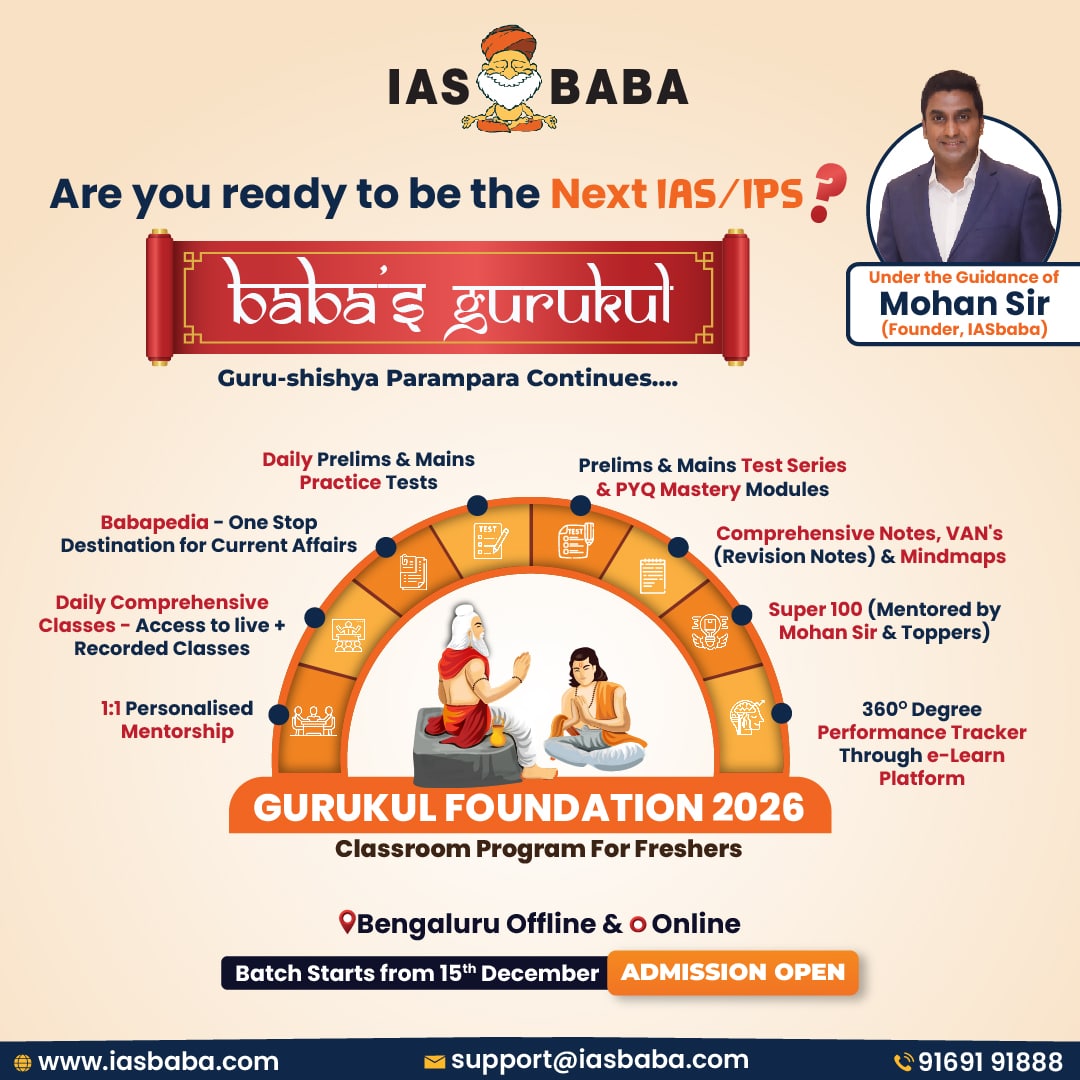UPSC Articles
GOVERNANCE/ SCIENCE & TECH/ SOCIETY
Topic: General Studies 2, 3:
- Government policies and interventions for development in various sectors
- Awareness in the fields of IT
Web 3.0
Context:
Recent issues of concerns regarding social media:
- During the ongoing covid-19 pandemic, social media has emerged as a force for good, with effective communication and lockdown entertainment, but also for evil, being used effectively by people to protest against vaccines and masks.
- A documentary called The Social Dilemma, exposes the ways in which technology giants have manipulated human psychology to influence how we behave. It explains how chiefs of tech companies severely curtail the screen time of their own children, while apparently trying to addict every other adult and child on the Close planet.
- In the last US elections Cambridge Analytica, a social analytics firm had manipulated Facebook accounts to impact the 2016 US presidential election and the Brexit vote.
Web 1.0:
In this stage the internet was created as a distributed set of computers communicating with one another, and sharing the load of managing the network. It worked very
Well but had one big problem—there was no way to make money off it. For instance, a Web 1.0 startup called Google had heavy traffic, but could not encash it.
Web 2.0:
In 2001, Google developed AdWords, a pay-per-click, auction-based search advertising model, backed by search and monetization algorithms. Google’s revenues rocketed to $2.7 billion from $87 million in three years when it went public, and now in 2020, it sits on a trillion-dollar valuation.
The internet got monetized with stage Web 2.0.
Challenges:
- Our intentions, personas and desires are being tracked at laser precision and the data is being sold to willing advertisers.
- Search and social media advertising has crossed $200 billion. And all this money comes from us users who have become the product.
- The current business model has led to a “winner-takes-all” industry structure, creating natural monopolies and centralizing the once-decentralized internet.
Emergence of Web 3.0 revolution:
An alternative to current issues is unlikely to be driven by technology or regulation. It will take new business models. The good news is that these are coming along with the emergence of Web 3.0, a revolution that promises to return the internet to users.
Construct and philosophy:
- To allow users explicit control of their data, an initiative aided by Europe-like data protection regulation.
- To grant creators of content—artists, musicians, photographers, me and you—a portion of revenues, instead of platforms taking it all (or most).
- The technologies that Web 3.0 leverages are newer ones, like blockchains, which are inherently decentralized. They have technology guard-rails against the accumulation of power and data in the hands of a few.
- Digital currencies enabled by these technologies offer a business model of users paying for services and contents, as an alternative to advertiser-pays.
Conclusion:
The path to success for the new kinds of democratic networks will be difficult. But a revolution has begun.
Connecting the dots:
- In the ongoing era of Web 2.0 the users have become a ‘product’. Comment.













